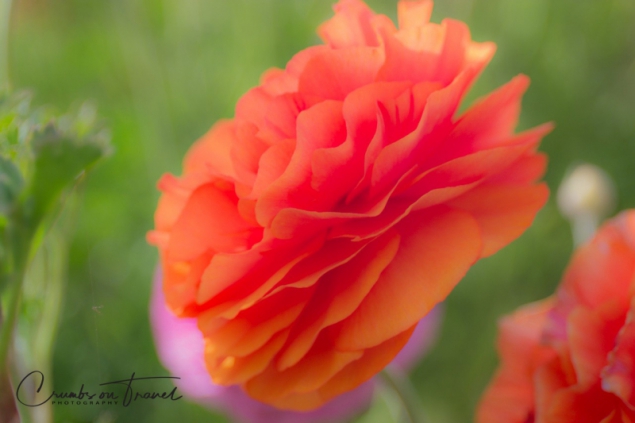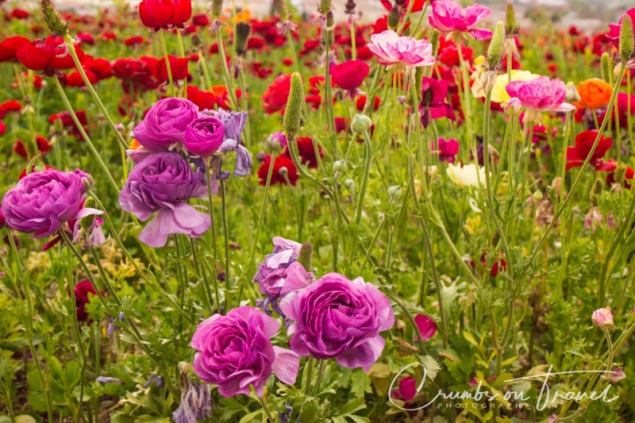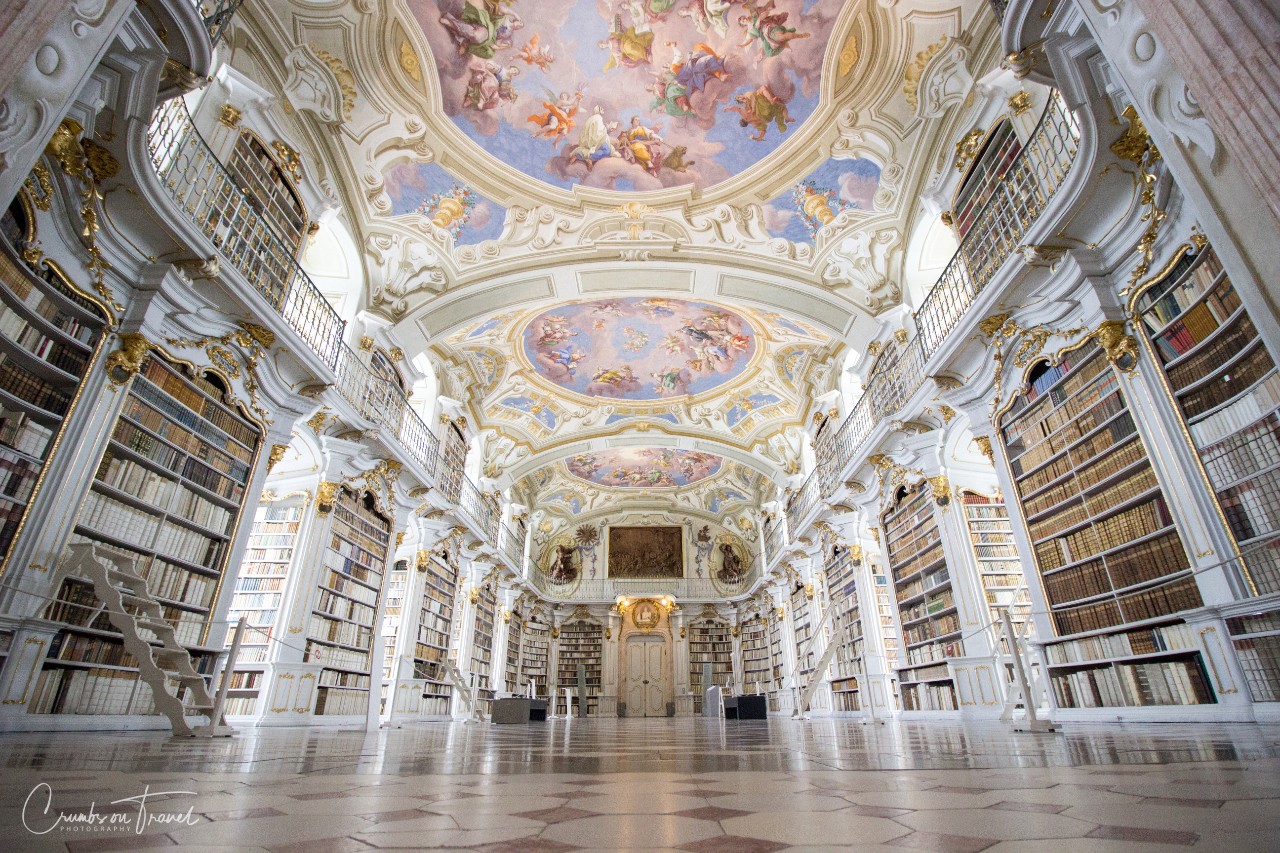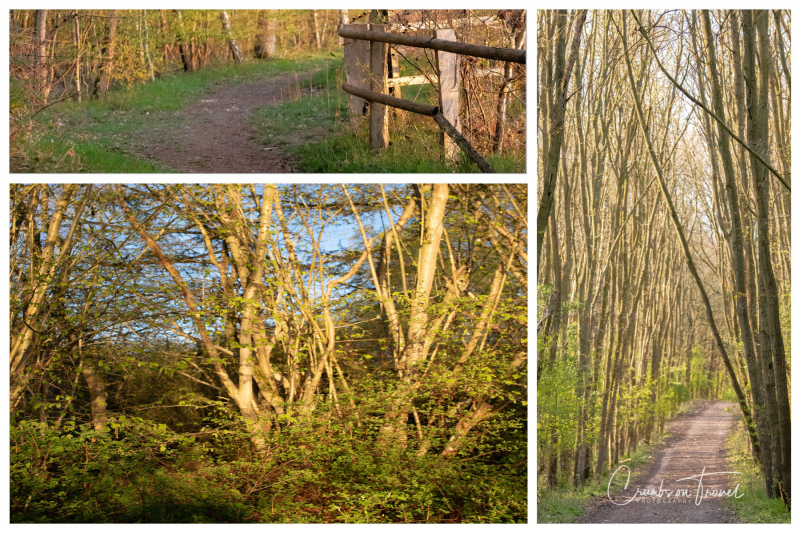On of my absolute favorite garden flowers are Ranunculus, in particular the variation of Ranunculus Asiaticus. That wonderful rose-like full flowers that bloom in spring nearly in every garden in Europe and are a great addition in cottage gardens. I have them in pots, around my pond and in the kitchen garden. They are just beautiful and also great as cutting flowers.
Originally they are from the Mediterranean area where they grow wild, but more ‘simple’ than the super big and full petaled Ranunculus that you buy for the garden. There are more than 500 species, some are also living in the water, still or flowing. They have tubers or bulbs that look like claws, thin and multiple for one plant. The more they have the more flowers will come out but by the time they will make more and more.
They are also called Buttercup, maybe because of the yellow color the simple, wild form has and it’s believed that it gives the color to butter. Ranunculus is the Latin word for ‘Little frog’. That maybe comes because many species are found near to water. American Natives call them also Coyote’s eyes which has an interesting story behind of a coyote who lost his eyes and put these flowers instead for seeing again.
Ranunculus are poisones. Animals don’t eat them. It gives problems like bloody diarrehea, colic and more. Instead, when it’s dried and i.e. mixed with hay it has no toxins anymore. But like always used in a right dosage it helps with rheumatism, intermittent fever and rubefacient.
Today it seems that the typically sold Ranunculus is the Ranunculus Asiaticus. In the US and specifically in the flower fields of Carlsbad in Southern California, they use the Tecolote Ranunculus. The ‘father’ of most Ranunculus sold everywhere today is Edwin Frazee. There are so many colors and color combinations today there is really ALL in it (except blue): white, salmon, yellow, orange, bright red, pink and nearly black red. In between these colors there are a lot of combinations like orange and red, white and pink, yellow and white… it seems there is no combination missed. There should be also a color called Café with bronze blooms, didn’t see them yet.
The flowers can be up to 5 inches wide but most of them are between two and three inches. They are full with countless petals, a very delicate looking inside. The leaves are bright to dark green and wide spread along the stem.
They are planted in fall about 2 inches deep, don’t need too much water then and only moderated when actively growing. Full sun is the best. You can cut them in spring, it will not harm them and helps them for blooming even more. Don’t cut the yellowing foliage when the plant is dying, it helps to take nutrients for the summer sleeping time.
You can also use seeds to sow them. But you have to sow thickly as they won’t grow all.
Put them into very full field like flower beds or mix them with snapdragon, calendula, sweet pea, forget-me-not or Iceland poppies. They are beautiful in one color only or also mixtures.
The flowers last up to 6 weeks and are around 12 to 18 inches high. They need cool springs.
Why I am telling you all this about a flower I like? Well, because I have been at the flower fields in Carlsbad, north of San Diego. The many fields of Ranunculus just overwhelmed me and I took literally hundreds of photos.
I give you a small selection here. I hope you will enjoy them like I did… running around with my tripod and camera and my personal assistant helping me to change lenses, giving me shadow where needed and distracting supervisors who sometimes were too strict with even a tripod (NOT me) standing in the field, saying I am damaging the flowers.






























Flower Fields, Carlsbad, California/USA:
For further information:
The Flower Fields in Carlsbad























































Splendid pictures! Absolutely marvelous! Great photography. Thank you for a taste of spring.
You are welcome, Diane! It was a wonderful day!
So beautiful! I absolutely LOVE the variety of colors and your capture of them’n. Great shots!
Thank you Nyree!